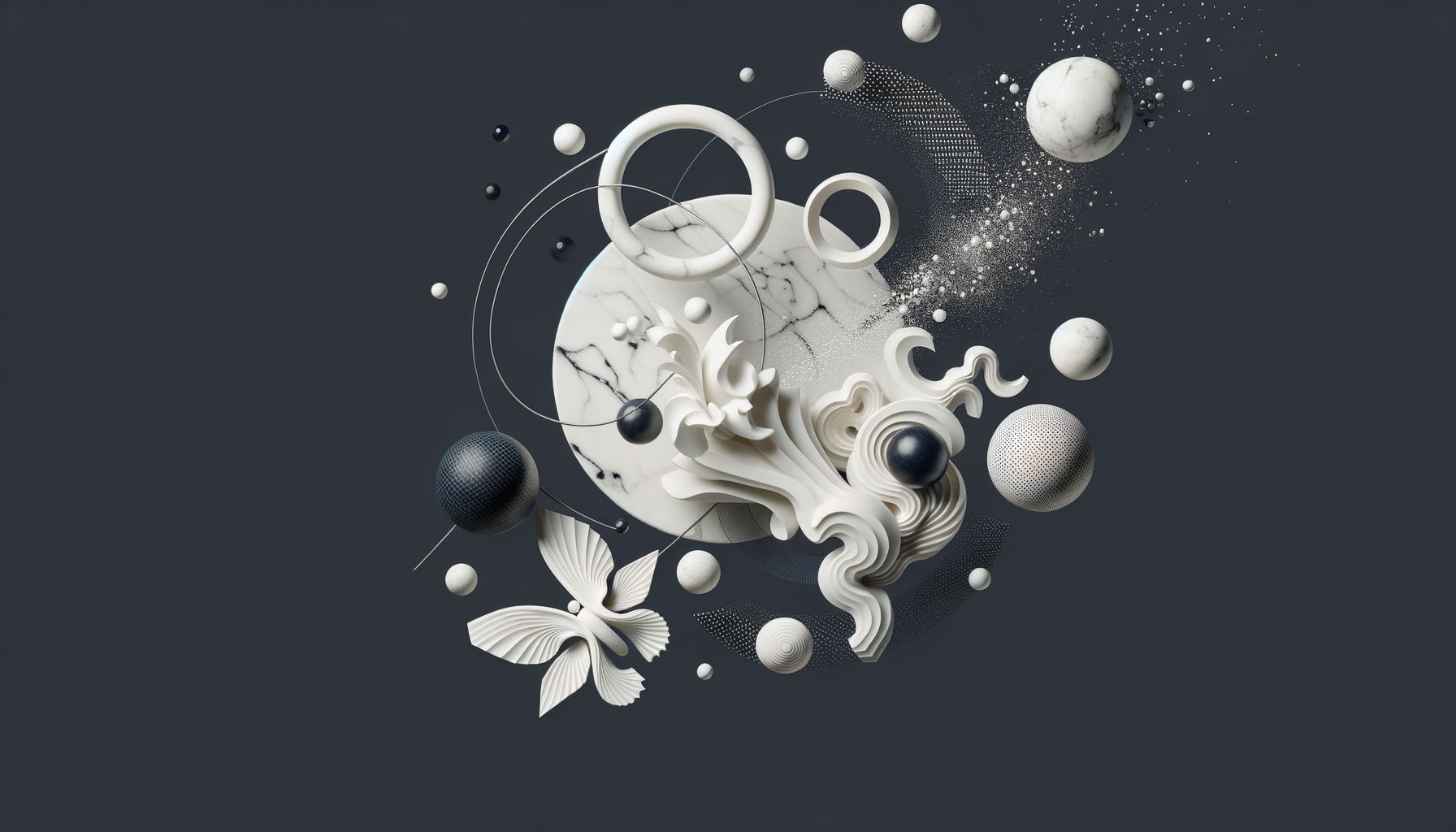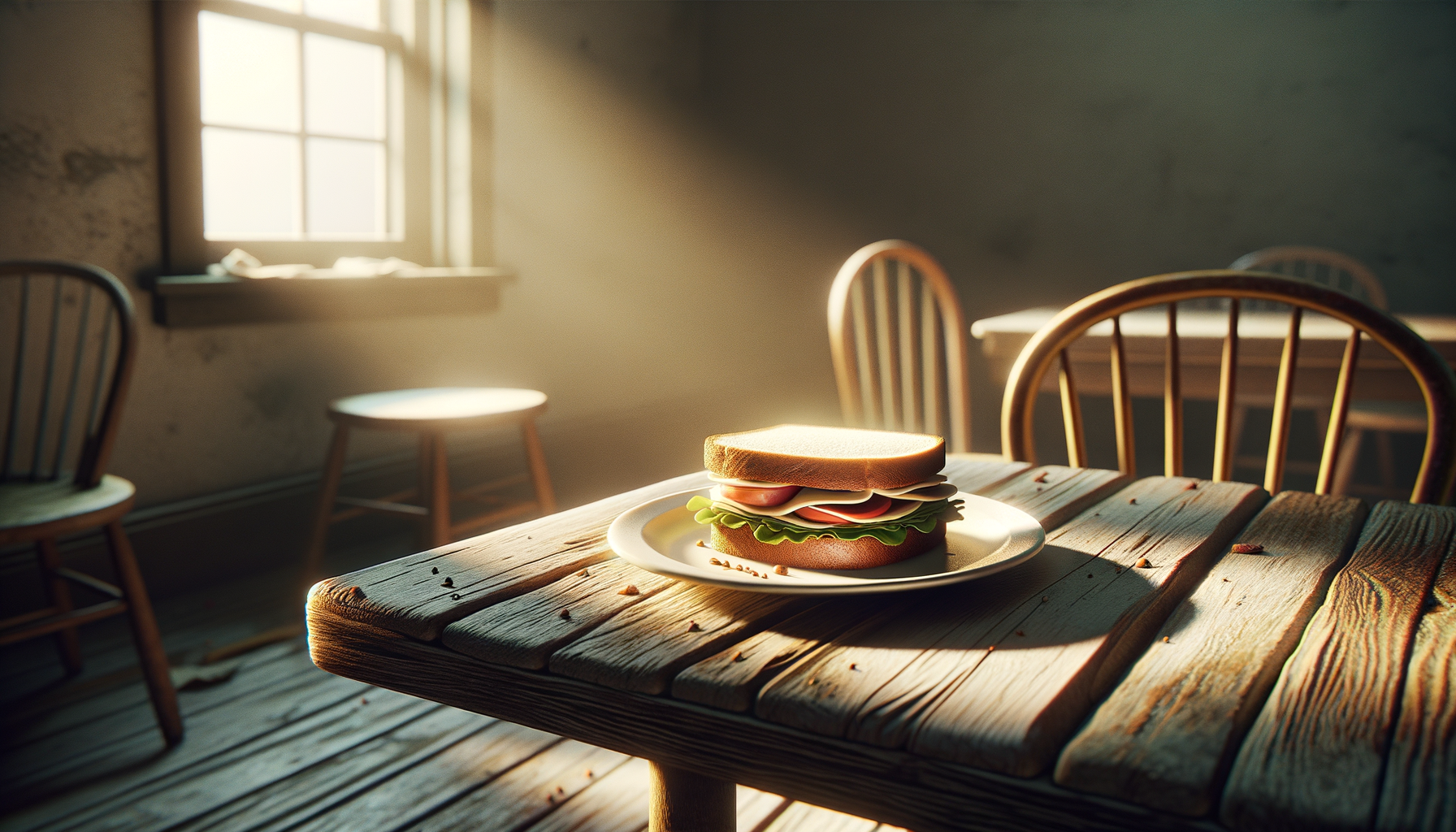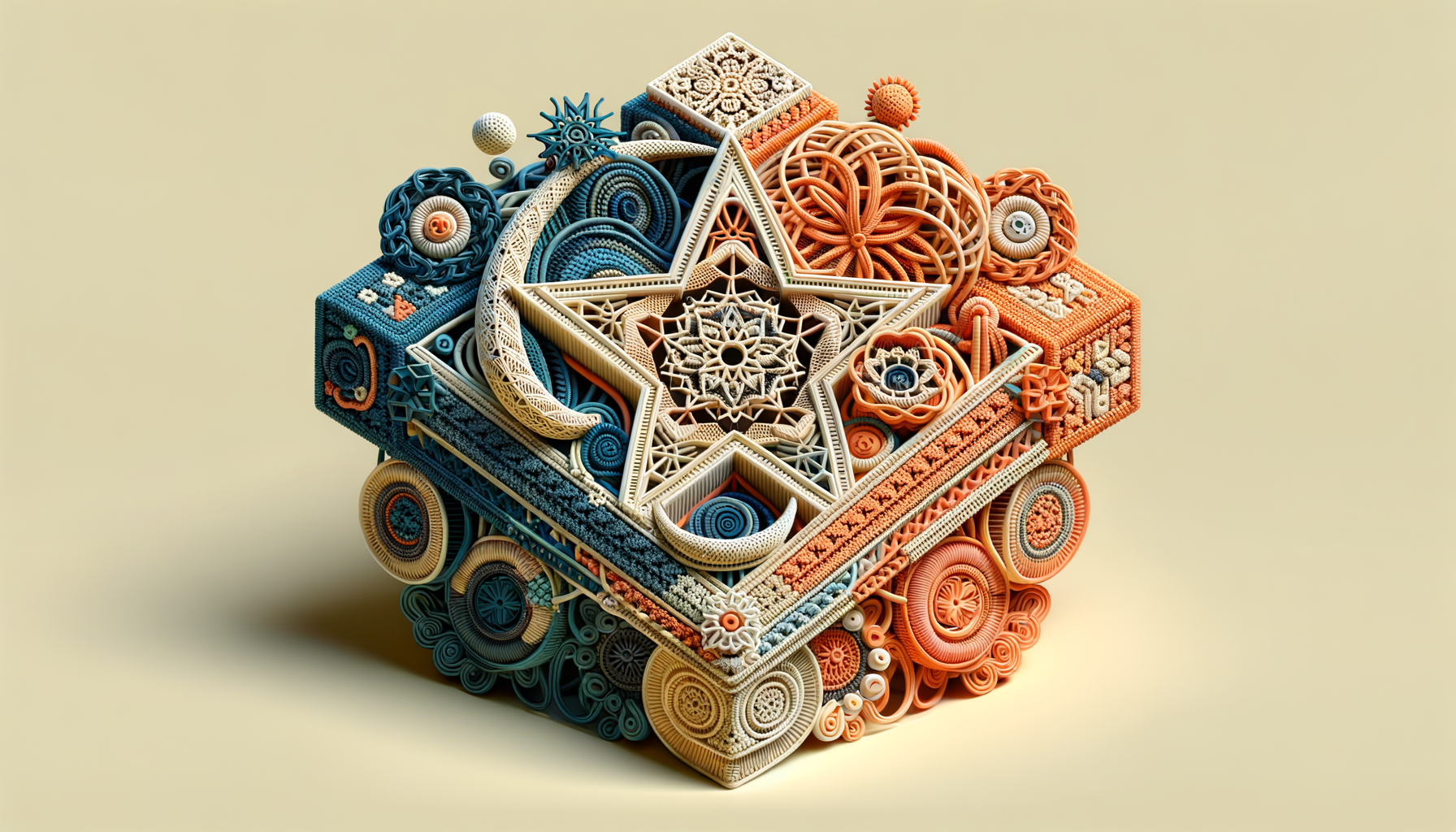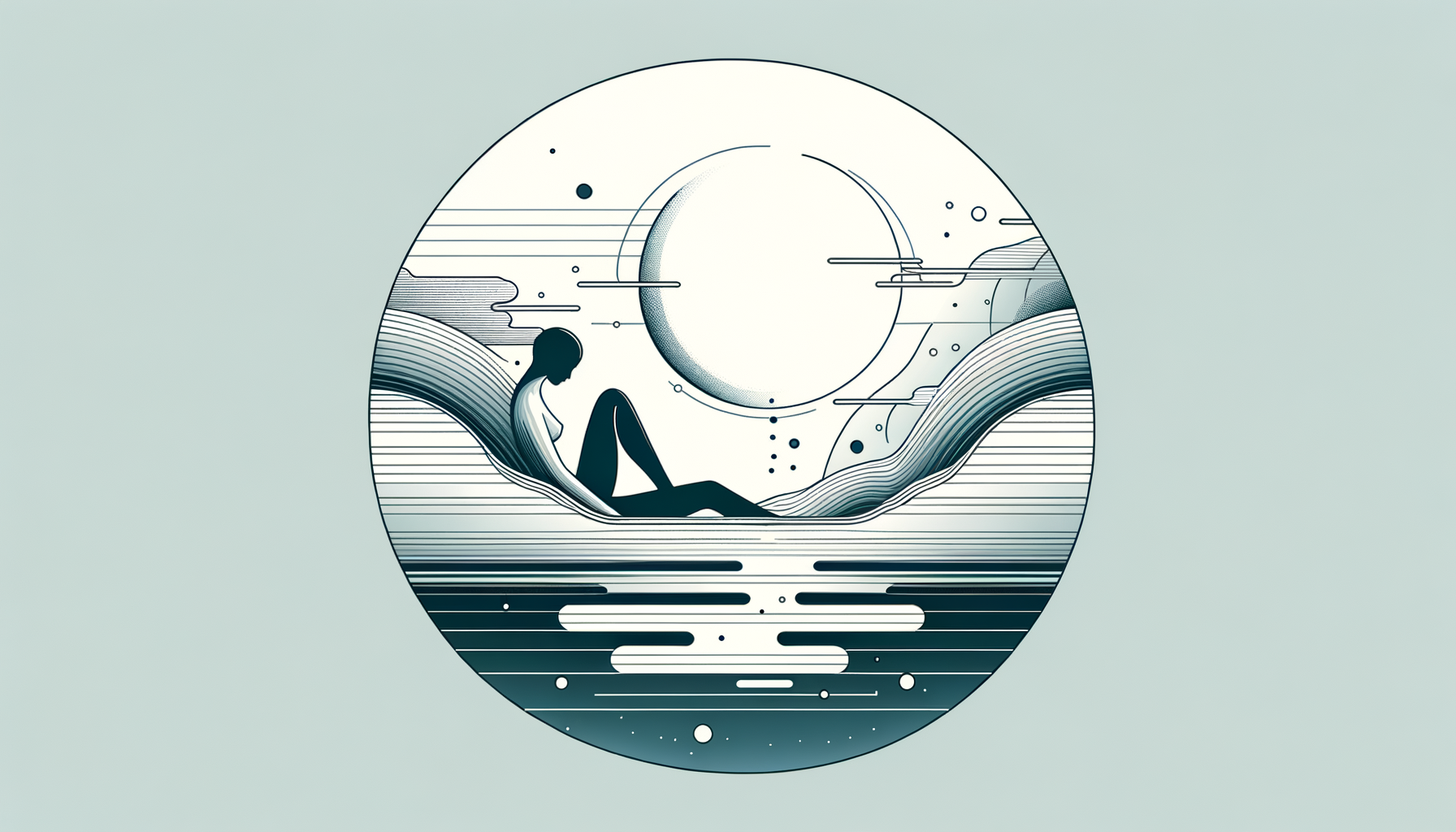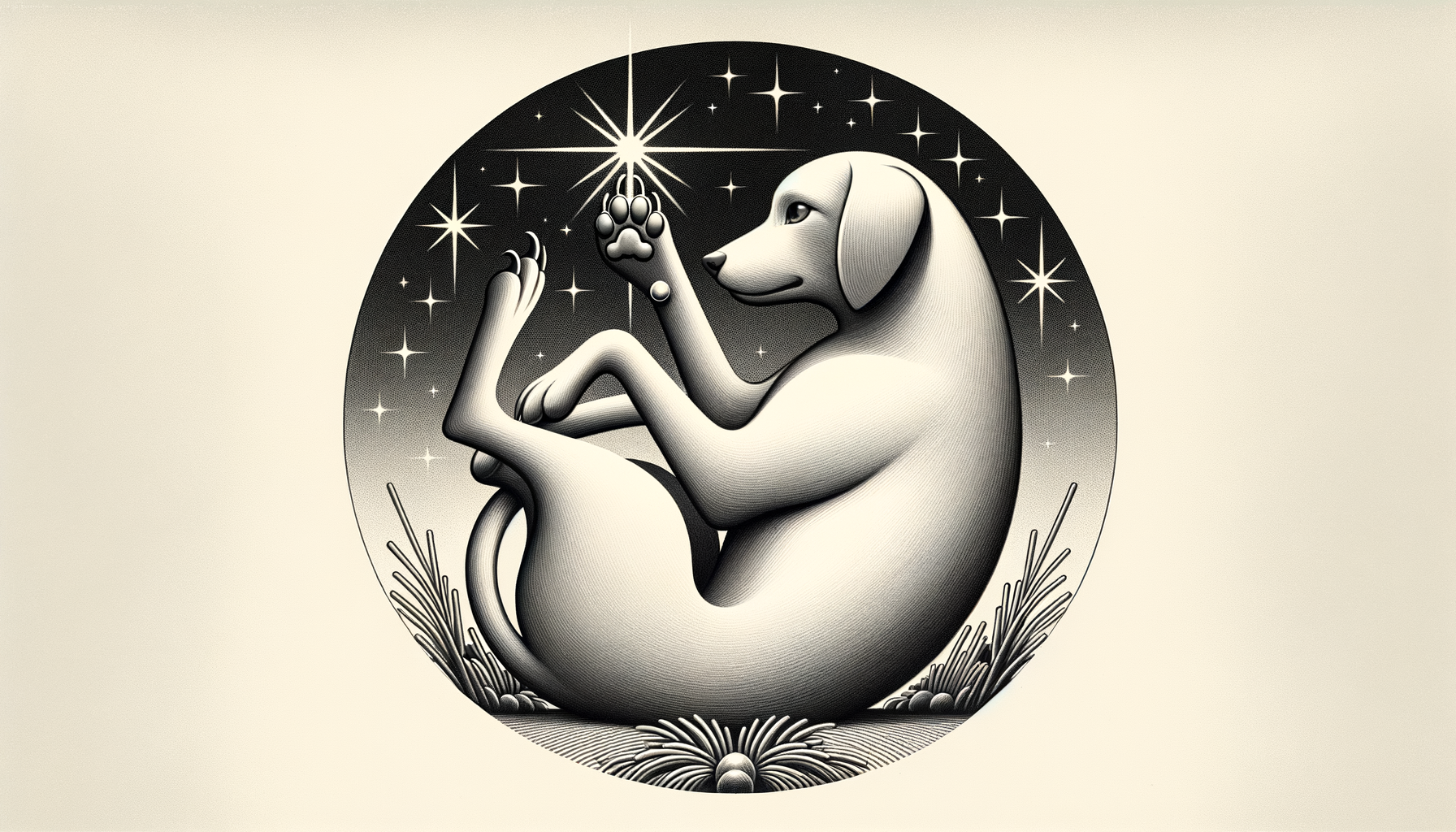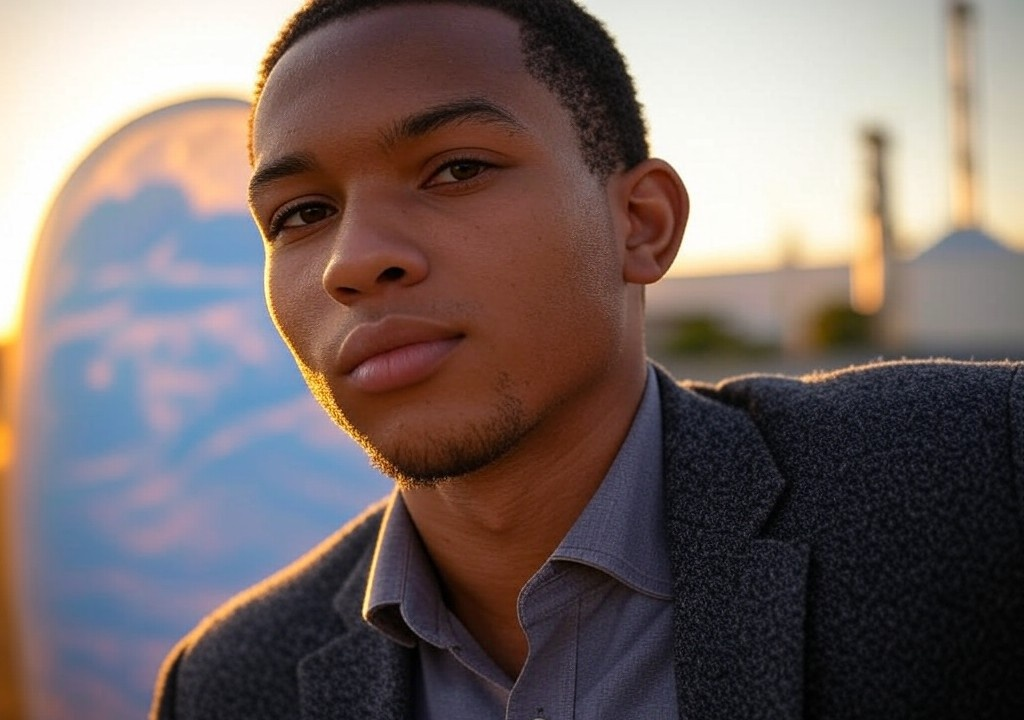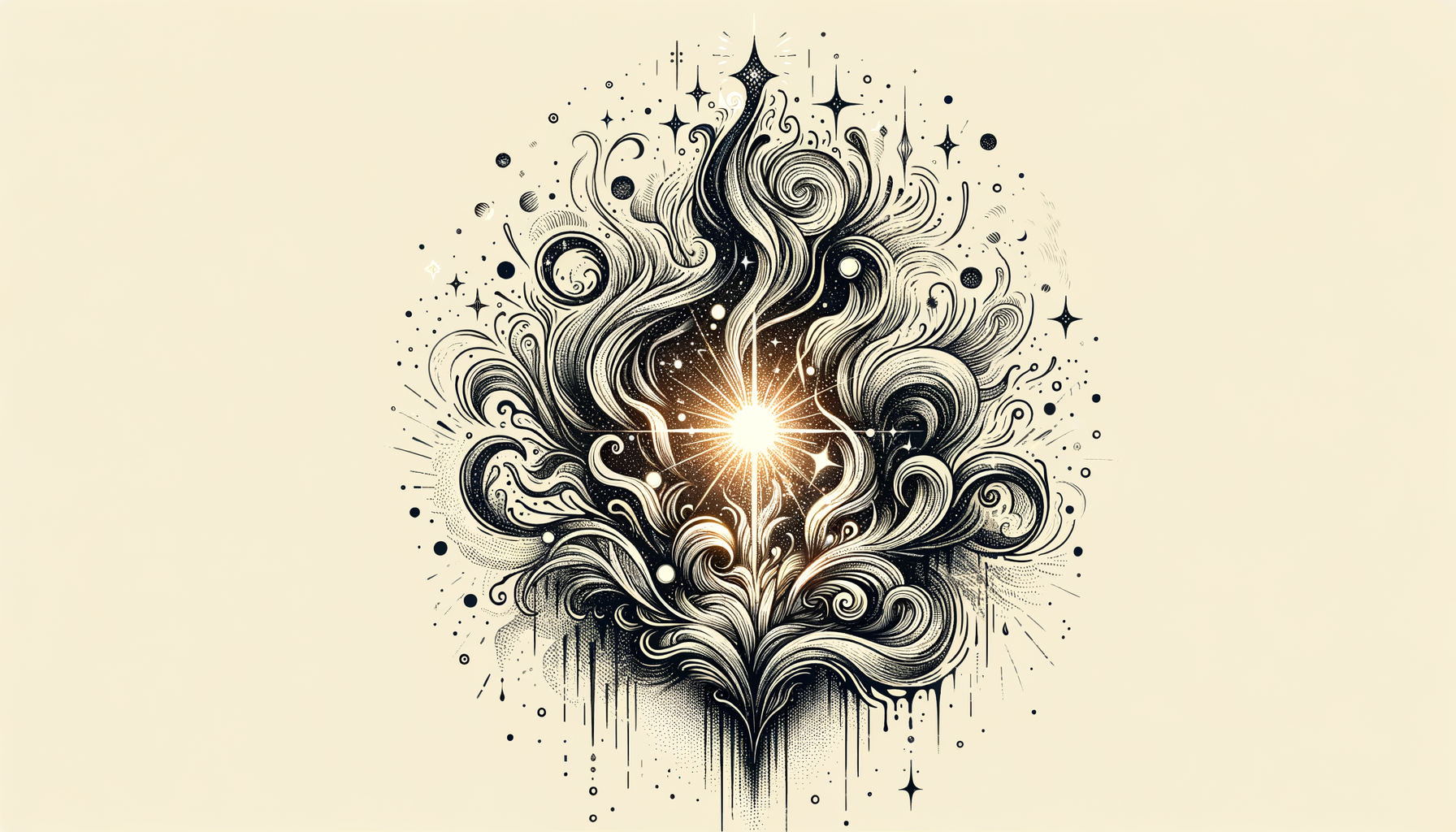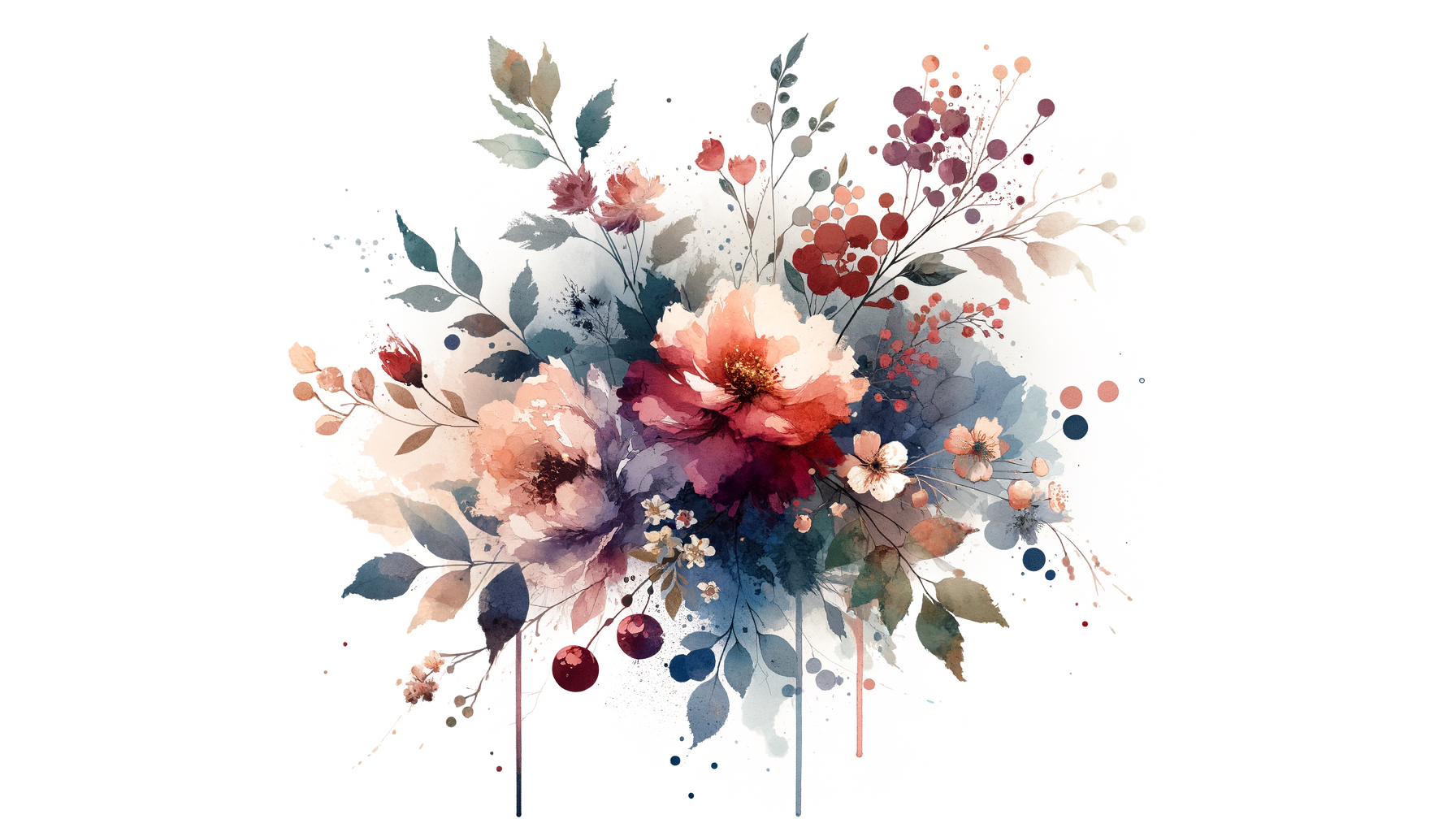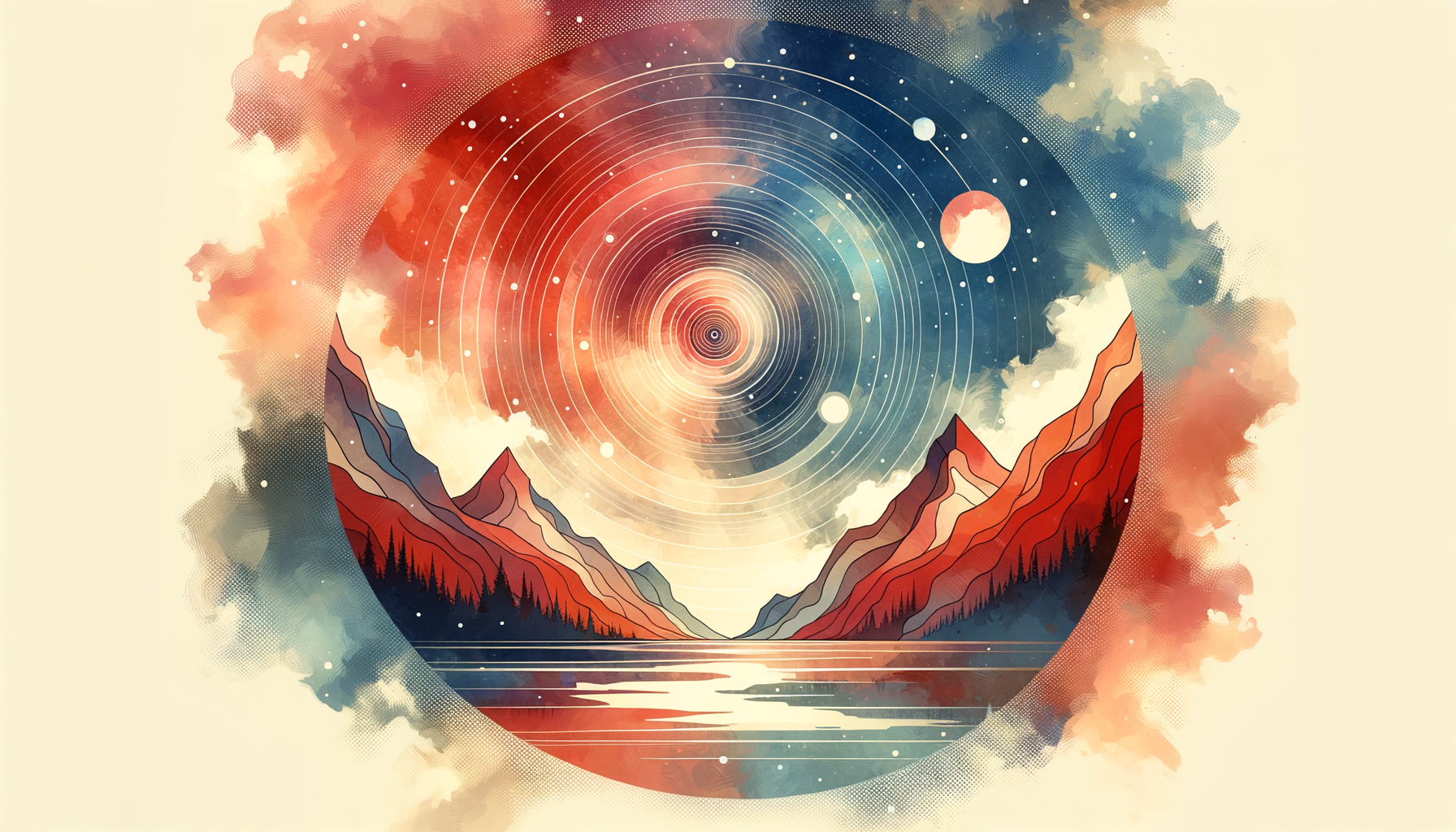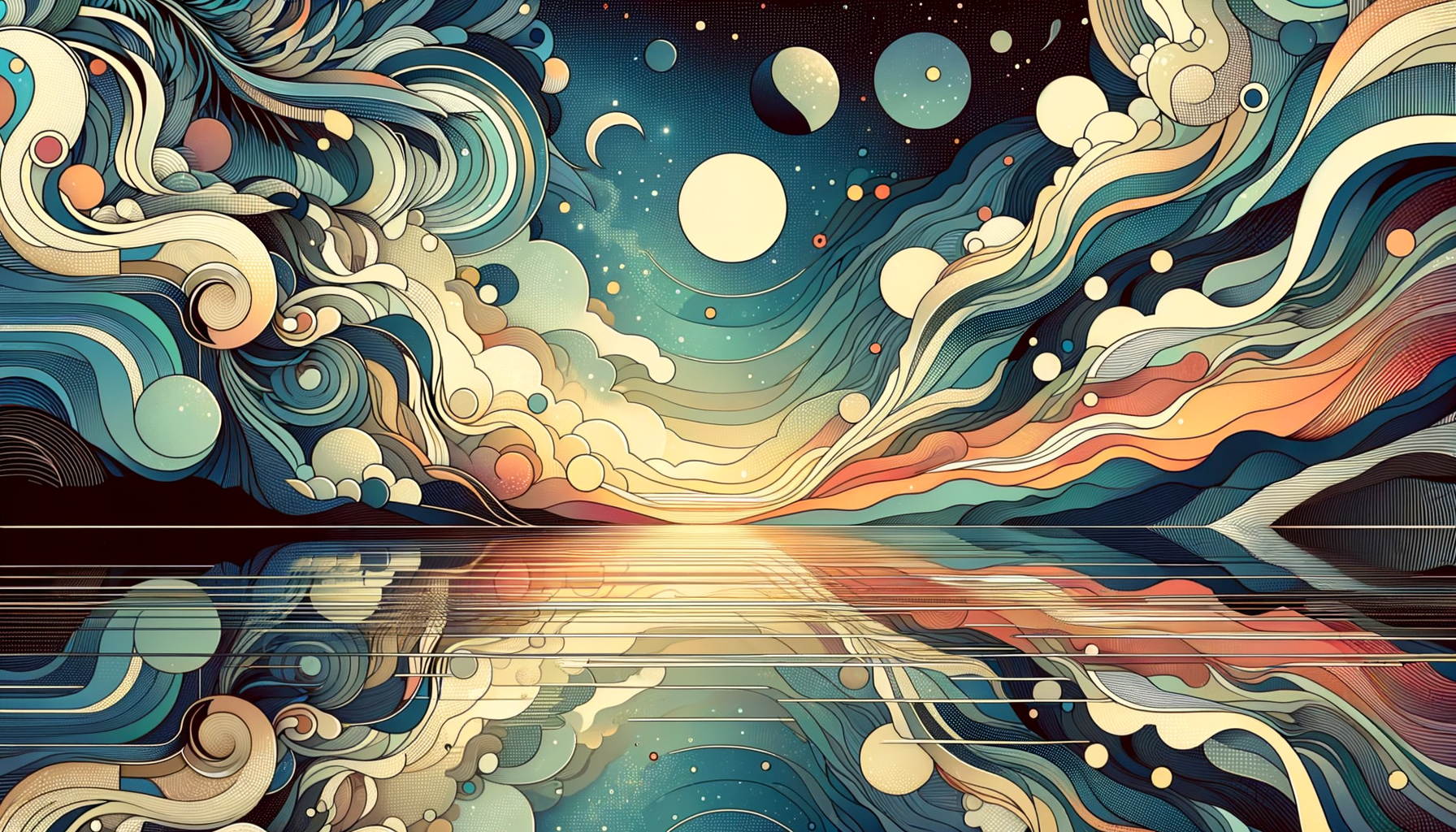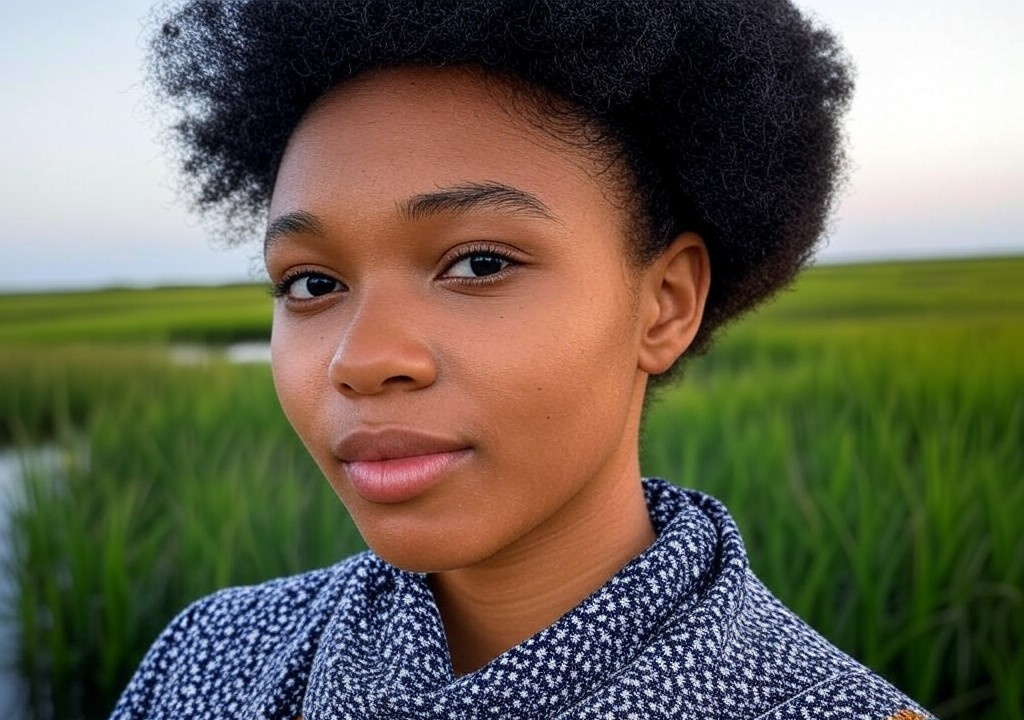The Magic Behind the Madness: My Creative Rituals for Sparking Ideas
Once Upon an Idea: The Power of Rituals
Creativity is a bit like dating a mysterious, slightly aloof crush. Sometimes they’re showering you with attention, out of nowhere, and sometimes they ghost you for weeks, leaving your soul (and Word document) dry. And just like with dating, you can’t force creativity. But you can set the mood. Over the years, I’ve discovered that creativity loves a little romance—rituals, if you will. The candlelit dinners and sweet nothings that tell my brain, “Hey, it’s time to show up.”
My rituals didn’t come to life overnight. They’ve evolved through heartbreaks, career changes, and the occasional existential crisis—like realizing I spent four hours scrolling cat memes instead of writing. But whether you’re a novelist, a poet (or just trying to text someone "Funny but flirty"), cultivating a few habits can usher those elusive ideas to your door.
Here are the rituals that keep my creativity (and sanity) intact.
1. Tea and Time Travel: Setting the Stage
Every morning, before I touch the keyboard, I brew a pot of jasmine tea. Not one of those quick microwave jobs—I mean the whole ceremony. Tea leaves unfurling, steam rising against the window, the quiet hum of the kettle. It’s not just a drink; it’s a mental portal.
For me, tea takes me there—to ancient gardens, windswept pagodas, or dim-lit rooms where Li Bai wrote verses by candlelight. It’s my way of grounding myself in both history and possibility. Each sip reminds me of the lineage of storytellers I’ve learned from. (Okay, fine, I also just love the aesthetic of drinking tea in an oversized sweater like I’m auditioning for a Wong Kar-wai movie.)
Try this: Find your own mini “time travel” ritual. Maybe it’s putting on a vinyl record, lighting a candle, or even humming a few bars of your favorite love song. Make it intentional—it’s about tricking your brain into switching gears.
2. The Art of People-Watching: Mining for Characters
There’s a little café near my writing desk where I go when I need inspiration. The cappuccinos are overpriced, but the real draw? The customers. There’s the woman who always brings a different novel (but the same scowl), the couple arguing over whose turn it is to feed the Pomeranian under the table, and the barista who clearly has a side hustle as an indie band singer.
From behind my teacup, I watch and wonder: What’s their story? Why do they always sit in that corner? What secrets are hidden in their body language? People-watching is my creative lifeline. These strangers, unknowingly, often show up in my novels—sometimes as full characters, sometimes as quirks or gestures.
(Relatable dating PSA: Think your date is too “plain” to be interesting? Watch them order coffee. The way someone says “double-shot-mocha-no-foam” speaks volumes.)
Next time you’re stuck for inspiration, go somewhere crowded but cozy—a train station, coffee shop, or even a park bench. Watch, listen, and let their stories fuel yours.
3. Notebook First, Laptop Later: The Old-Fashioned Charm of Pen and Paper
Somewhere along the way, I realized staring at a blank Word doc is the worst way to start writing. It feels sterile, like waiting for someone to text you back while staring at your phone—it amplifies the silence. Instead, I always start with a notebook.
My notebook is messy—half drawings, half ideas. But there’s something magical about handwriting: the slower pace, the ability to doodle when words fail me, the mish-mashed chaos that a computer can’t replicate. I turn to it when I feel blocked, when I feel stuck in my head.
Also, it just feels rebellious in a world obsessed with efficiency. Like I’m writing love letters to my creative self.
If you’ve never tried it, grab a notebook before running to your laptop. Bonus points if it’s one of those old leather-bound journals that make you feel like a 19th-century philosopher.
4. The 25-Minute Rule (or: Date Your Creativity)
Writing doesn’t always come easily. There are days when I’d rather watch YouTube tutorials on how to fold fitted sheets (for the record, I still can’t). But just like in relationships, showing up is half the battle.
So I make a deal with creativity: Show up for 25 minutes—no expectations. After that, I can decide whether to keep going or call it quits for the day.
Most of the time, those 25 minutes pass, and like magic, I’m hooked. It’s like telling yourself you’ll dip your toes in the water, only to dive in fully clothed. And if the session really doesn’t flow? Well, at least I showed up—and showing up matters.
This is permission to start small. Set a timer, make those minutes count, but know you’re free to walk away after if it’s not happening.
5. Long Walks and Daydreams: The Romance of Movement
You know how every rom-com has the scene where the protagonist wanders through city streets, lost in thought, usually in the rain? That’s me—though less glamorous, and more holding an umbrella that refuses to cooperate.
When I feel stuck, writing-wise or life-wise, I head out for a walk. No headphones, no distractions—just me and Beijing’s bustling streets, neon signs, and occasional street food smells. (In New York, it was more honking taxis and pigeon drama, but the principle’s the same.)
Walking loosens not just my body, but also my mind. Escaping the desk often leads to creative breakthroughs—a new plot twist, a sharper piece of dialogue, or even just the realization that I haven’t been breathing deeply enough.
If walking isn’t your thing, try another form of meditative movement—yoga, cooking, pacing while pretending to clean. Sometimes, solutions arrive when you stop chasing them.
6. Romancing the Mundane: Where Beauty Hides
Here’s a confession: Some of my best ideas came not while “working,” but while doing laundry. Folding socks is weirdly meditative. It reminds me how even the most seemingly dull tasks can hold subtle magic.
I’ve learned to stop fighting the mundane and start embracing it. Washing dishes? Imagining a love story set in a kitchen. Rearranging bookshelves? Wondering what secrets someone might tuck between the pages. Life happens in the small moments, and so does creativity.
The lesson here? Don’t snub life’s ordinary moments—they’re where creativity often hides.
Trust the Process (and Yourself)
The thing about creative rituals is that they’re ultimately about trust. Trusting that the ideas will come, even when they feel far away. Trusting that a blank page is an invitation, not a threat. And trusting that even the worst writing day holds seeds of something worthwhile.
When I first started out, I thought creativity had to be epic—long writing marathons or flashes of cinematic inspiration. (Cue dramatic music as I furiously type on an ancient typewriter.) But I’ve learned it’s more often a slow dance. A little patience, a lot of showing up, and an occasional good cup of tea.
So, treat your creativity the way you’d treat a partner—with care, rituals that build anticipation, and enough space to unfold naturally. You can’t force brilliance, but you can invite it in. Who knows? You might just fall in love with the process.
Now, where’s my tea?

